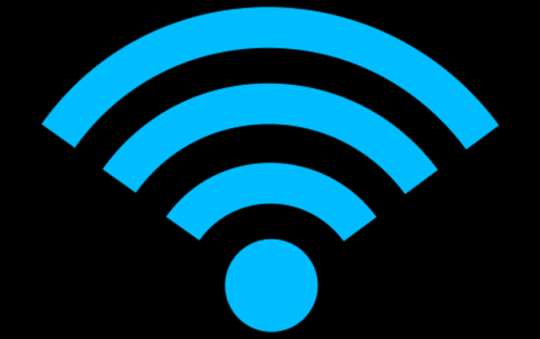Download speed is how fast data can be transferred from the internet to your device. The amount of time it takes to load a webpage or download an attachment depends on your connection speed. To get an idea of things that affect your download speeds, consider activities like streaming movies on Netflix or downloading large files; generally speaking, anything that you have to wait for a little bit before it shows up on your screen requires some form of data transferral.
Upload speed is the rate at which you can send information from your computer to another device or server on the internet. While downloading data is more common, there are some online activities that necessitate sending data instead. Some examples include sending emails, playing live video games and using Zoom for video call purposes.
What is a good download speed?
According to the Federal Communication Commission (FCC), anything above 25 Mbps is considered a good download speed. As a general rule of thumb, though you should keep in mind that family size and internet usage habits can change what’s considered “good” for your specific household.
In recent years, with an increase in people working and learning from home, as well as playing online games, fast internet is now anything over 100 Mbps.
You should consider having a plan that supplies about 25 Mbps per person in your home. This way, while one person is video-conferencing, another can play an online game or stream a movie without interrupting each other.
To use speed as an example, video game console manufacturers suggest a minimum of 3 Mbps of download speed and 0.5 Mbps to 1 Mbps upload speed for your game to run smoothly without any lag or glitches.
For a good experience on an application like Zoom, 1.5 Mbps is recommended. However, if you want a more seamless experience, aim for 10 to 20 Mbps of download speed.
If you’re using streaming services such as Netflix and Disney+ you should have at least 25 Mbps of download speed available. If two people will be streaming simultaneously, keep in mind that you’ll need 50 Mbps or more .
What is a good upload speed?
Most people consider an upload speed of 3 Mbps to be good because it meets the FCC’s minimum requirements. If you or anyone in your household are uploading videos to YouTube or working from home on a regular basis, you might need an internet plan with higher upload speeds.
For example, if you have several devices in your household uploading at once, you should consider plans with 10 Mbps of upload speed or higher. Upload speed will determine how quickly someone hears/sees you during video conferences and how fast it takes to post your videos on TikTok or Youtube.
How internet speed works
Data transfer speed per second is how internet speed is calculated and measured, in megabits (Mbps). The speeds you see advertised as Mbps are the rate that your internet provider promises to deliver data too and from your home computer (aka download speed).
Data goes both ways when you’re online — you not only download information but also upload it. This is why every internet connection has different speeds for each process.
What is internet bandwidth?
Just as a wider highway has more room for cars and lets them travel faster, similarly, bandwidth provides greater internet speed and capacity.
Mbps determines the amount of bandwidth your home Wi-Fi connection has. The more internet bandwidth you have, the higher volume of data that can be downloaded quickly. Faster speeds allow for increased data flow rate.
So what kind of bandwidth do you need?
Both download and upload speeds are important factors to consider when determining what internet speed you need. The importance of each vary depending on your favorite online activities.
Why internet upload speeds are slow and download speeds are fast
Download speed is more important to internet providers than upload speed because the majority of online activities require more download bandwidth. Most common online activities are listed below, and as you can see, they all need fast download speeds.
With most internet-related activities, data has to travel in both directions. downloading and uploading information. However, fiber internet connections are a unique exception because fiber internet providers offer upload speeds that match download speeds.
Activities that rely on download speed
The following common activities rely more on download speeds:
- streaming video and music
- playing online video games
- downloading files, videos, and songs
Activities that rely on upload speed
Some activities do require a bit of upload bandwidth, though. Without adequate bandwidth, some of the following activities could result in slower internet speeds or buffering:
- posting videos to social media
- posting photos to social media
- using VoIP for clear audio during phone calls or video chats
- sending emails with large attachments
- sharing files via cloud storage services like Google Drive or Dropbox



